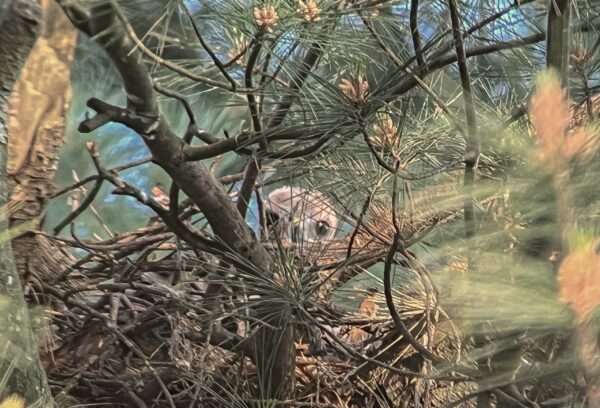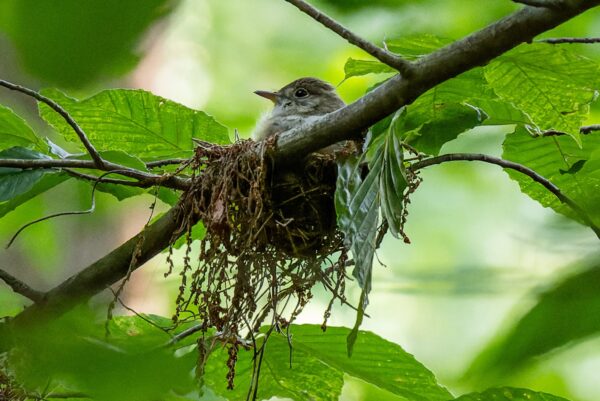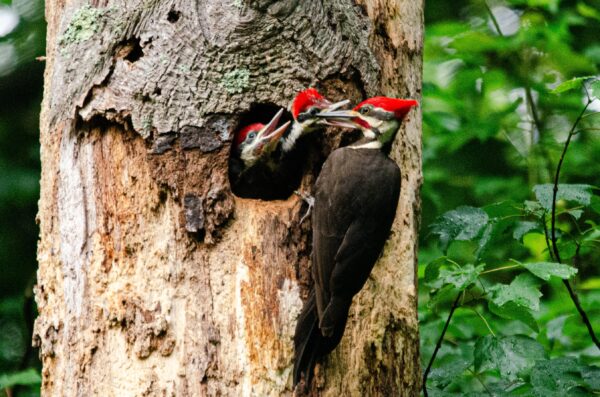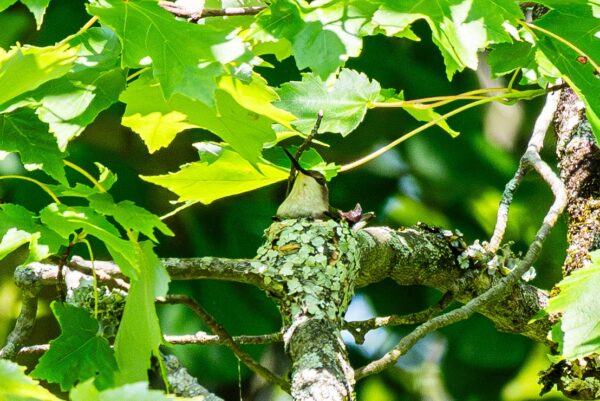Birders take note! On January 1, 2024, the Pennsylvania Game Commission, in partnership with Hawk Mountain Sanctuary, launched the third Pennsylvania Bird Atlas.
The atlas is a five-year project in which both professional and citizen scientists comb the entire state to study our population of breeding birds. State breeding bird atlas projects are generally held every twenty years. The first Pennsylvania Breeding Bird Atlas was launched in 1984, the second in 2004, and this third, now called the Pennsylvania Bird Atlas, will run from 2024 to 2029. Winter bird population surveys will be added starting this year. Hence the name change to Pennsylvania Bird Atlas.
Birders of all stripes are invited to participate. Anyone can survey in any block and enter their observations through the Pennsylvania Bird Atlas portal in the eBird app or the atlas’s website. You will need an eBird account, but don’t worry, it’s free. As of this writing, detailed instructions on how to conduct an atlas survey are yet to be posted, but a facsimile can be found on the New York atlas site.
The Significance of Atlas Data: Understanding Bird Population Trends
Why a bird atlas? You can’t help the birds if you don’t know where they are and whether their population is declining, stable or increasing. When this atlas is completed five years from now, it will provide data on bird population trends in Pennsylvania that span forty years.
But it’s not just for the birds. Changes in bird population are an early indicator of trouble when habitat is degraded, unfortunately, most often as a direct or indirect result of human interference. Atlas data will help researchers and conservation professionals identify both species at risk and habitats in need of protection.
For example, a sighting of a male Scarlet Tanager with its bright red plumage and contrasting jet-black wings is always a crowd favorite on the bird walks at Tyler. Pennsylvania is host to 17% of the world’s population of breeding Scarlet Tanagers, more than any other state. Tyler Arboretum and the adjacent Ridley Creek State Park provide ideal breeding habitat for Scarlet Tanagers, who prefer to nest in large patches of mature deciduous trees. But this makes them sensitive to forest fragmentation.
A sampling of birds that can be found at Tyler Arboretum:

Red-tailed Hawk nestling.

Acadian Flycatcher on nest.

Pileated Woodpeckers.

Ruby-throated hummingbird on nest.
Engaging the Public in Bird Conservation
As we all know, the widespread destruction of Pennsylvania’s ash trees from the Emerald Ash Borer has hit Tyler Arboretum hard. The ash borer is just one of many potential threats that could increase fragmentation and otherwise change the composition of our native woodlands. The information provided by the atlas will help researchers understand how these threats affect our local bird population. Information that will help target remediation and conservation efforts.
A not unimportant side benefit of atlas projects is that environmental awareness is raised by engaging the public in a program that connects them directly to the natural world.
The Pennsylvania Bird Atlas project presents educational opportunities for us all. Look for scheduled “atlasing” bird walks at Tyler starting this spring and periodic updates on what we are learning.






